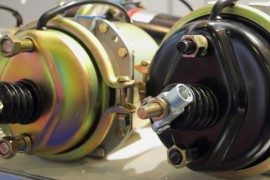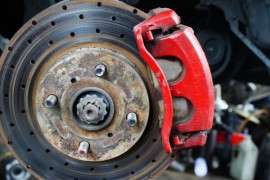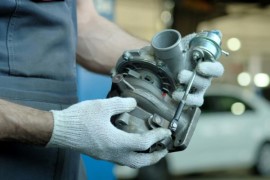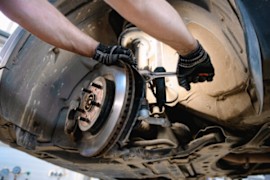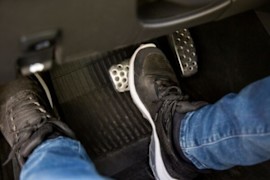{
"lazyNodes": false,
"abFitnotesFlag": false,
"abCrawlReviews": false,
"productOptionsCookie": false,
"orderDelayFlag": false,
"skipSessionCookie": false,
"covidMessage": false,
"fullTitleCookie": false,
"nrLoggerCookie": false,
"checkoutReviewCookie": false,
"productOptionSeqCookie": false,
"maintenanceFlag": false,
"bufferETACookie": false,
"multiShippingDiscountFlag": false,
"newFitmentFlag": false,
"surveyOptInFlag": false,
"crossSellFlag": false,
"skuMappingFlag": false,
"paySplitCookie": false,
"callDisableFlag": false,
"zipPaymentFlag": "u",
"hassleFreeReturn": false,
"lifetimeReplacement": false,
"cpn_off": false
}Need Help? Call Us1-866-529-0412
1999 Ford Expedition
1999 Ford Expedition Brake Boosters
Refine by:
Shop Catalog
Showing 1 - 2 of 2 results
Sort by:
Part Number: A15C474408
Guaranteed to Fit
$138.99
Vehicle Fitment
- 1999 Ford Expedition Eddie Bauer 8 Cyl 5.4L Without Master Cylinder
- 1999 Ford Expedition XLT 8 Cyl 5.4L Without Master Cylinder
- 1999 Ford Expedition Eddie Bauer 8 Cyl 4.6L Without Master Cylinder
- 1999 Ford Expedition XLT 8 Cyl 4.6L Without Master Cylinder
Product Details
Condition : NewQuantity Sold : Sold individuallyWarranty : 1-year or 18,000-mile A1 Cardone limited warrantyProp 65 Warning :
![]() WARNING: This product can expose you to chemical which is known to the State of California to cause cancer and birth defects or other reproductive harm. For more information go to www.P65Warnings.ca.gov.
WARNING: This product can expose you to chemical which is known to the State of California to cause cancer and birth defects or other reproductive harm. For more information go to www.P65Warnings.ca.gov.
Part Number: A15474408
Guaranteed to Fit
$83.99
+ $59.29 Refundable Core Charge
Vehicle Fitment
- 1999 Ford Expedition Eddie Bauer 8 Cyl 5.4L Without Master Cylinder
- 1999 Ford Expedition XLT 8 Cyl 5.4L Without Master Cylinder
- 1999 Ford Expedition Eddie Bauer 8 Cyl 4.6L Without Master Cylinder
- 1999 Ford Expedition XLT 8 Cyl 4.6L Without Master Cylinder
Product Details
Notes : 3/8 x 16 in. Master Cylinder Stud Thread Size; 10.7 in. Diaphragm Diameter; Does not Include Master Cylinder; Steel MaterialCondition : RemanufacturedStyle : Dual DiaphragmQuantity Sold : Sold individuallyWarranty : 1-year or 18,000-mile A1 Cardone limited warrantySeries : Reman SeriesRecommended Use : OE Replacement
Page 1 of 1 | Showing 1 - 2 of 2 results
Top Rated Products
Popular Products

A1 CardoneBrake Booster - NewManufacturer #5C-474408
( Reviews) Questions, Answers
A1 CARDONE BRAKE BOOSTER
The A1 CARDONE brake booster is designed to maximize the performance of your brakes by providing increased force to your brakes without applying extra pressure on your foot pedal during your drive. It is impressively engineered using the mo...
Helpful Automotive Resources
Bad Brake Booster SymptomsIf your car has a bad brake booster, you’ll likely notice one or more of the following signs:
Hard Brake Pedal
Are Your Brakes Locking Up? Here’s WhyPower brakes are more prone to locking up compared to manual ones. This is because power brakes require less effort to engage than the other.
What Happens to Your Vehicle When the Brakes Lock Up?
What Does Remanufactured Mean? VS Refurbished, Rebuilt, ReconditionedA remanufactured part is usually a used OEM part that has been stripped down and had its worn components replaced with repaired or brand-new parts. Although it won’t be brand new, its quality and performance are equivalent to a brand new component. It also meets the manufacturer’s factory standards.
How Long Does a Brake Job Take? Plus FAQsA complete brake job has an estimated labor time of anywhere between four and six hours, depending on several factors. These factors generally include the type of vehicle, the extent of damages, and the skill level of the mechanic.
Brake Lag: Definition, Causes, and Other Facts You Should KnowBrake lag in an air brake system can vary, but it’s usually around 4/10 of a second.
What Is Stopping Distance?






